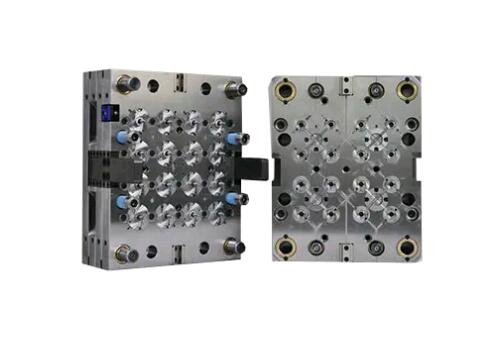Polyethylene Terephthalate (PET) has been a popular material in the packaging industry for decades due to its clarity, strength, and chemical resistance. However, its introduction into laboratory environments marked a significant shift in how test tubes and similar vessels were manufactured. Traditional glass test tubes posed challenges in terms of fragility and weight. The use of PET addressed these limitations, and the PET Test Tube Mould became an essential tool for producing these plastic alternatives in high volumes.

The shift from glass to PET in test tube production brought cost savings and improved safety. Manufacturers began adopting PET Test Tube Mould technology to meet the growing demand for durable, disposable, and lightweight alternatives. This transition laid the foundation for increased interest and adoption.
The PET Test Tube Mould began gaining visibility during the rapid expansion of medical testing services. As diagnostic testing became more accessible and frequent—particularly during global health challenges—the demand for reliable, single-use test tubes grew. PET offered the necessary balance between transparency, structural integrity, and chemical resistance. The ability to mass-produce test tubes using PET Test Tube Moulds enabled manufacturers to meet these surging requirements efficiently.
Laboratories, hospitals, and clinics started recognizing the advantages of PET tubes, especially for blood collection and sample storage. The consistent quality made possible by precision PET Test Tube Moulds contributed to the reliability of diagnostic results, which further enhanced their reputation in the healthcare sector.
As science education expanded across schools and universities, so too did the need for affordable and safe lab equipment. The PET Test Tube Mould allowed for the production of cost-effective test tubes that were ideal for student use. Unlike glass, PET tubes reduced the risk of injury in laboratory classrooms and were easily disposable, making them more practical in educational settings.
Science supply companies began offering PET test tubes as standard options in laboratory kits, especially in settings where budget and safety were paramount. As these products became more common, the PET Test Tube Mould drew more attention for its role in producing accessible scientific tools.
Interestingly, another factor that brought the PET Test Tube Mould into broader awareness was its application in the beverage and food sampling industry. PET test tubes began to be used for sample containers, promotional packaging, and even novelty drink presentations. These non-traditional uses introduced the PET Test Tube Mould to consumer-focused industries, highlighting its adaptability beyond laboratory environments.
Food and beverage companies appreciated the clarity, safety, and sealability of PET tubes, and the role of the mould in creating consistent, uniform packaging became more widely acknowledged. This cross-industry exposure helped normalize the concept of plastic test tubes in everyday use.
As injection molding technology evolved, the PET Test Tube Mould benefited from enhancements in mold design, cycle time, and automation. Manufacturers could now produce test tubes at scale with minimal defect rates and precise dimensional control. The increased production efficiency made PET test tubes even more viable and attractive, and articles, trade shows, and technical publications began to spotlight the mould technology behind this success.
Mold manufacturers promoted the PET Test Tube Mould at industrial expos and in technical brochures, emphasizing its role in quality assurance, volume output, and sustainability. These efforts contributed to the broader recognition of the mould as a critical component in modern test tube production.

Mold material: S136H 、718H、NAK80、 P20、2738、8407、SKD61、H13Mould cavity number: single cavity, multi cavityProcessing accuracy: 0.05mmMold

We have ISO9001 international quality management system and experience in controlling production costs in China. Therefore, we can help you save 20% -


Mold material: S136 HRC48-52Manufacturing process: CNC milling, CNC machining, EDM/wire cuttingWe are equipped with the world's top precision machinin

Our liquid transfer gun suction head medicine mould is made of high-quality materials as a whole. There are no burrs at the tip and mouth of the produ

The mold has a short injection cycle, high efficiency, long life, and low cost. Adopting the special flow channel design of the international advanced

This type of mould is assembled from outer cap and an inner anti-theft ring. The outer cap is automatically rotated and pushed out by a hydraulic moto